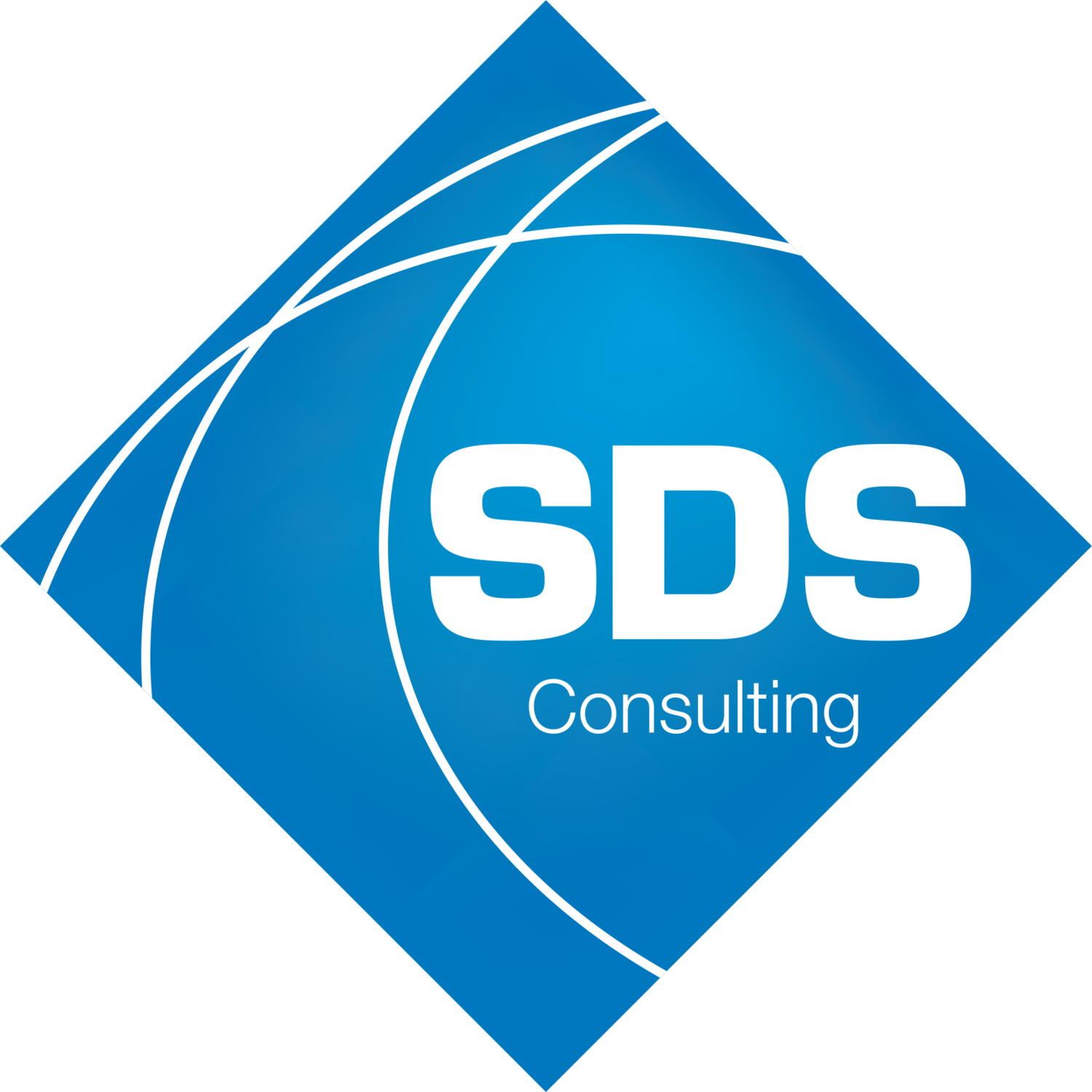Hazard and Operability Study (HAZOP)
SDS has been a pioneer in developing, evolving, and facilitating hazard and operability studies (HAZOP) in Western Canada and internationally.
Over the past 25 years, SDS has performed thousands of HAZOPs for virtually every major oil and gas company in Canada as well as many international corporations.
The HAZOP processes uses a multidisciplinary team, guided by an experienced facilitator who uses guideword and parameter structured brainstorming sessions to systematically challenge the unit design. The process is first broken down into nodes - logical and manageable segments that have a definable design intent. Each node is studied in detail to identify potential causes and consequences of hazards and operability problems. The results of the study are displayed to all participants and documented electronically using PHA-Pro (typically). PHA-Pro is the industry standard software.
Equipment failure (valves / pumps etc), human error, failure of engineering and administrative controls and external events are evaluated as examples of potential causes. Severity and Likelihood rankings are assigned and a Risk Ranking is calculated for each identified hazard using the formula (S x L = RR). Recommendations are made to eliminate or reduce risk to the safety of personnel, property, the environment, and to improve operability as well as avoid exposure to third party liability.
All risks are documented in worksheets, existing safeguards are noted and the Risk Ranking prioritizes the resulting recommendations. Responsibility for recommendation resolution is assigned and documented in the recommendations section of the report.
SDS issues a comprehensive final report as documentation for decision-making and future reference. This report also serves as legal documentation of the hazards and the resolution of action items.
The technique used and the information recorded complies with US Occupational Safety and Health Administration Regulations OSHA CFR 29 Part 1910.119, 1992; Albeta Occupational Health and Safety Code 2009, Part 2 Hazard Assessment, Elimination and Control; and APEGA - Guideline for Management of Risk in Professional Practice.
SDS has facilitated PHA’s including HAZOP’s, What-If’s, HAZID’s and LOPA’s for the following types of facilities. These have included greenfield (unbuilt) and Revalidation assessments.
Oil Batteries
Gas Plant (Sour and sweet)
Gas Storage Facilities
Cogen Units
Oil and Gas Pipelines
SAGD Wellhead facilities
Conventional Oil and Gas Wellhead facilities.
Waste Water Plants
Bio Gas Plants
SAGD Facilities
Electrical Power Plants
Ammonia Storage facilities
Material handling facilities
Solar Power Plants
Propane Export Terminal
Bio Diesel production facilities
Pulp and Paper production facilities
Rail Loading/Offloading (Crude/Asphalt/Propane/Acid/Caustic)
Experience with Wind Turbines (THA)
Wellsite Sweetening facilities




